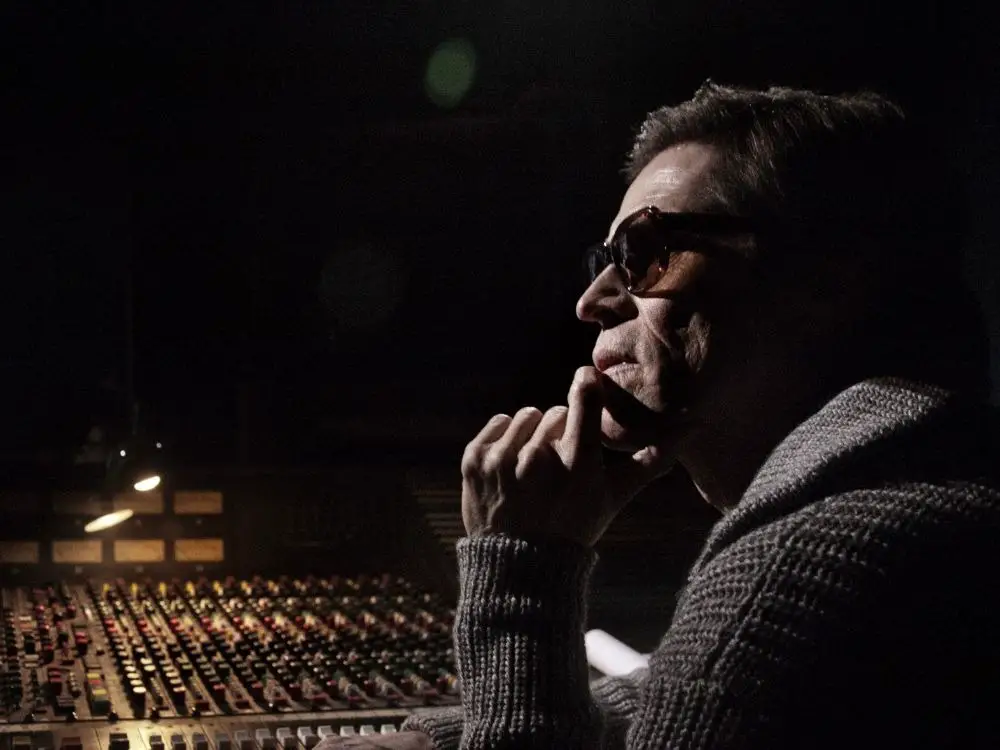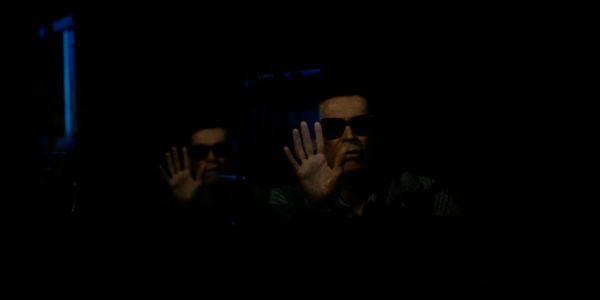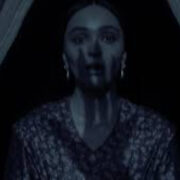PASOLINI: Immortality In Art

Soham Gadre is a writer/filmmaker in the Washington D.C. area.…
Art is inseparable from death. The creative impulse we find within ourselves pours onto a page, a canvass, a brick of granite, a camera, with the full intention and hope that what is going to be made is to last longer than we do. That with this creation of ours, we will leave an imprint beyond our temporary biological form.
It is this idea which consumes and manifests in Pasolini, Abel Ferrara’s deeply introspective ode to a director he clearly loves. It’s rare that we get a filmmaker and subject as perfect, in sync, and traveling on the same wavelengths and speeds as Ferrara and Pasolini. It results in a biographical film which kicks over the conventional approach of a “life remembered” and instead understands that what made the artist important was his ideas and beliefs and his fears and his desires.
Cinema as a Death Wish
Pier Paolo Pasolini was a master of his own universe. His cinema was directly confrontational and an extension of his fight against the injustice and decay of his society. His movies were deemed inappropriate, but he continued to carry on in scandal and infamy on his own terms. Scandal was what Pasolini thrived in. The vulgarity of the sexual and the violent, the corners and alleys of society which everyone turns away from, these are the places where Pasolini’s camera unflinchingly concentrates.

In Ferrara’s film, the movie starts off with the director watching a scene from his most controversial project yet, Saló o le 120 giornate di Sodoma (1975) where a girl is raped in a dining hall while all the diners laugh. Pasolini (played in this film by Willem Dafoe) brushes concern over the controversial nature of the film and himself matter-of-factly stating “those who refuse the pleasure to be scandalized are moralists.”
Ferrara, in similar fashion, is not someone who is concerned with moralism in cinema, nor afraid of its disrepute. From his debut feature The Driller Killer (1979) to his most celebrated work, Bad Lieutenant (1992), Ferrara has posited his central characters, all wretched people, as people lost in a tirade of violence and death and looking for some, any sort of salvation, be it through God or gun. It is no surprise then, that the most fascinating and explorative part of Pasolini’s life to Ferrara is the days right before his controversial death.

The impending doom that outlines the conscious framing of Pasolini, reminiscent of the shadowy sepia-tinted bleakness of Ferrara’s The Funeral (1996), is matched by his words. In another interview, Pasolini professes “in this changing landscape, there is a death wish that binds us together like brothers…” This is contrasted and embodied in a proposed final project that Pasolini never finished.
The End Doesn’t Exist
On the road to death, comes the birth of a new work of art. Pasolini sits down with some actors at a local restaurant to talk about his next project, a film he called Porno-Teo-Kolossal. It’s a tale of two men, Epifanio and Nunzio, who traverse a mythological world in search of paradise as they follow a shooting star. They come across a metaphorical Sodom, where homosexual love is permitted and Gomorrah, where it is banned and severely punished.

At the end of his explanation of the plot, Pasolini explains that the concept of paradise in the film is an illusion and the central characters realize that their journey is infinite. Nunzio says “The end doesn’t exist, so we just wait, something will happen.” Ferrara uses the opportunity of his biopic to actually create and construct scenes of the film that Pasolini envisions, most likely based on storyboard sketches as well as a 1999 recording of Pasolini speaking about his project. These scenes, intertwined in the narrative of his last living days, they become an extended part of himself… the part that continues to survive.
Pasolini: In Search of Darkness
Pasolini makes it clear that Pasolini was his own art. His art was him. Every artistic choice that Ferrara uses in the film is dedicated to upholding this idea. The original concept of the film was to cast Zoë Tamerlis Lund as a Pasolini stand-in, reenacting his last days as the man. The manifestation of Pasolini was meant to be fully contained in the words and the images. Willem Dafoe‘s serviceable performance is perfectly suited for the film precisely because it is not remarkable and it does not try to replicate Pasolini on screen.
The film flips back and forth between sequences of Epifanio and Nunzio and the sequences of events which ultimately lead to Pasolini’s murder. While Pasolini is in search of darkness (as Ferrara stated in an interview with Rolling Stone, Pasolini was “…looking for the baddest, most primal thing. That’s what he needed.”) his characters are in search of an elusive light. The idea of a “search” is a significant parallel between the two intertwined portions of the film, which seem to work towards opposing ends yet culminate in the conclusion of a common node: the art of Pier Paolo Pasolini is inseparable from his death.
What are your favorite films by Pier Paolo Pasolini and Abel Ferrara?
Pasolini premiered in 2014 at the Venice Film Festival. It was acquired by Kino Lorber and had its first American theatrical release on May 10, 2019 at the Metrograph NYC.
Does content like this matter to you?
Become a Member and support film journalism. Unlock access to all of Film Inquiry`s great articles. Join a community of like-minded readers who are passionate about cinema - get access to our private members Network, give back to independent filmmakers, and more.
Soham Gadre is a writer/filmmaker in the Washington D.C. area. He has written for Hyperallergic, MUBI Notebook, Popula, Vague Visages, and Bustle among others. He also works full-time for an environmental non-profit and is a screener for the Environmental Film Festival. Outside of film, he is a Chicago Bulls fan and frequenter of gastropubs.













